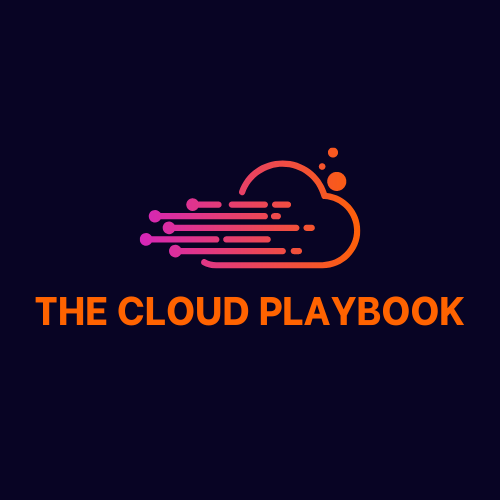TCP #55: How Connection Pooling Saved Our Production Environment
Includes an implementation checklist and decision making framework
You can also read my newsletters from the Substack mobile app and be notified when a new issue is available.
Become a Founding Member
As a founding member, you will receive:
Everything included in paid subscriber benefits + exclusive toolkits and templates.
High-quality content from my 11+ years of industry experience, where I solve specific business problems in the real world using AWS Cloud. Learn from my actionable insights, strategies, and decision-making process.
Quarterly report on emerging trends, AWS updates, and cloud innovations with strategic insights.
Public recognition in the newsletter under the “Founding Member Spotlight” section.
Early access to deep dives, case studies, and special reports before they’re released to paid subscribers.
When our serverless API started failing during traffic spikes last quarter, we initially blamed our code. The logs showed mysterious database timeouts that appeared randomly during peak periods.
We discovered the true culprit after three days of investigation: database connection exhaustion.
Like many teams, we had implemented basic connection pooling in our application but hadn't fully optimized our approach.
I want to share with you today the transformation from investigating random failures to achieving 100% database reliability.
This newsletter breaks down the critical decision points between RDS Proxy and alternative connection pooling solutions, with objective performance metrics and cost implications from our production environment.

Understanding the Database Connection Crisis
Database connection exhaustion is the silent killer of cloud applications. When your application can't establish new connections to your database, users experience timeouts, errors, or complete service outages.
Our production metrics told a sobering story:
Keep reading with a 7-day free trial
Subscribe to The Cloud Playbook to keep reading this post and get 7 days of free access to the full post archives.




